Interposing_Relays_What_are_They.pdf
What are Interposing Relays?
An interposing relay is simply an auxiliary relay that is used to isolate two different systems or devices from one another.
So why do we need to isolate different devices in the first place? Let’s consider a scenario where we have the need to operate a device that requires 120VAC, but the PLC in which we need to control this device can only output 24VDC. There is no way to accomplish this output control without the use of an interposing relay.
The relay in this case would use a 24VDC coil that would open or close a contact on that relay that is rated for the 120VAC needed for the device we want to operate. Simply put, we use a small amount of voltage to control a high voltage device.
Another benefit of using a relay in this manner is that if a spike in voltage or current occurs on the device we are operating, the relay will act as a buffer between the PLC and the higher voltage device. Because of this, the relay also provides some protection to the PLC. So, the worst case scenario is that we may have to replace a relay that has become damaged, but the PLC will remain undamaged.
This logic can also apply to inputs that need to be read by the PLC, but don’t input at the proper voltage or current.
It is very common to see interposing relays being used in the automotive industry. One of the most common applications is the starter motor in our vehicles. In order to start our car, we need to initiate some kind of start command or control, which is why we turn the key—this is our start command. However, the starter motor in our cars draws a lot of current. It would be unsafe and very impractical to have the key switch that amount of current. Instead, a solenoid relay (which acts like an interposing relay) is used to switch a relatively safe amount of current, that in turn switches a much higher amount of current in a safer location within the vehicle to provide the amperage that is needed to crank the starter motor.
Transcript
[0m:4s] Hi I'm Josh Bloom, welcome to another video in the RSP Supply education series. If you find that these videos are helpful to you, it certainly helps us out if you could give us a big thumbs up and subscribe to our channel. In today's video, we are going to be talking about relays. But more specifically, we want to talk about interposing relays.
[0m:25s] What does that mean, in what circumstances are they used, and why are they used? If you have not already seen some of our other videos talking about various relay topics, we will link those videos in the description below as they might help you better understand this topic we are discussing today.
[0m:43s] It is not uncommon to hear the term interposing relays being used as it pertains to industrial automation.
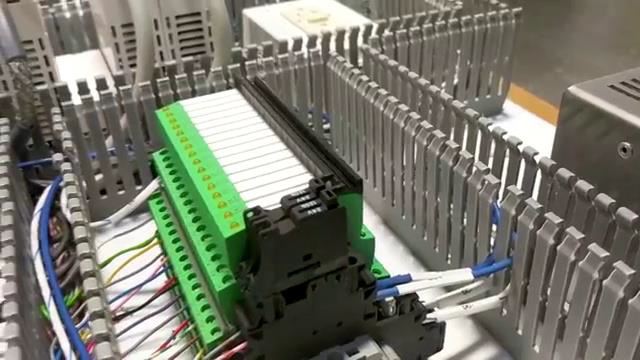
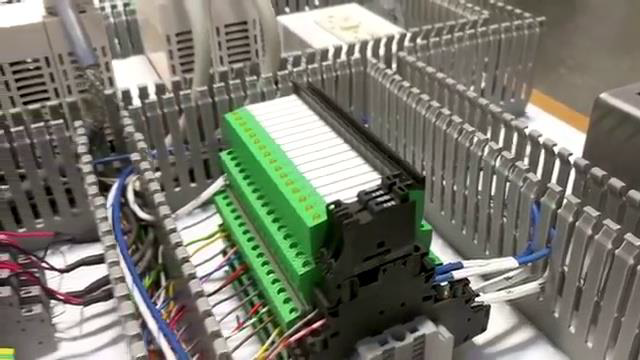
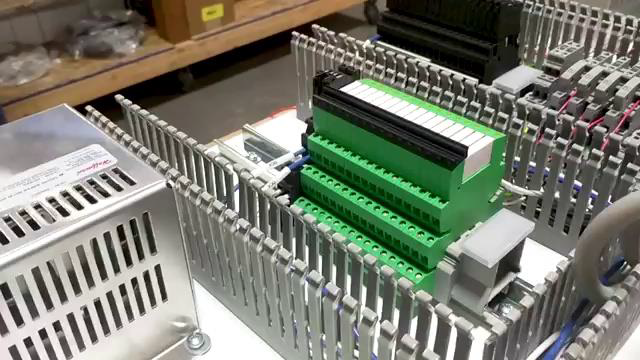
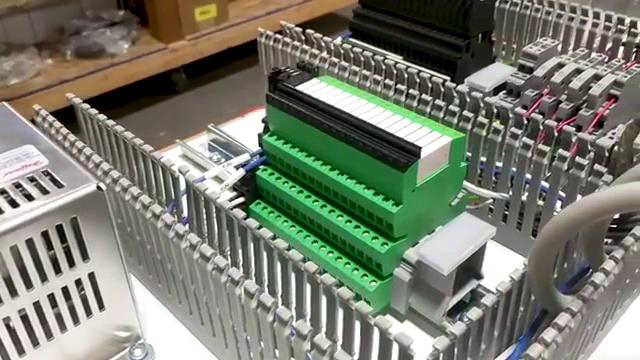
[0m:51s] It is important to understand that an interposing relay is not some kind of special relay that is being used, but instead, it is the way in which we use a particular relay that will determine if it is, in fact, an interposing relay.
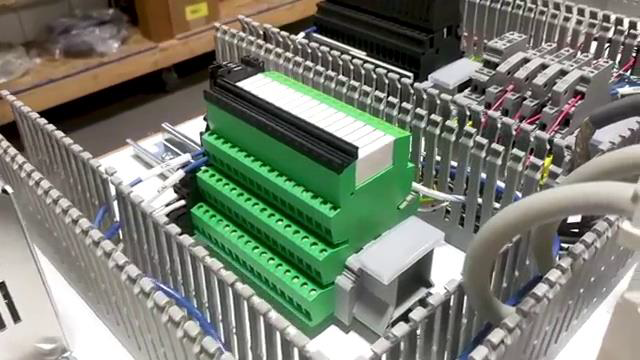

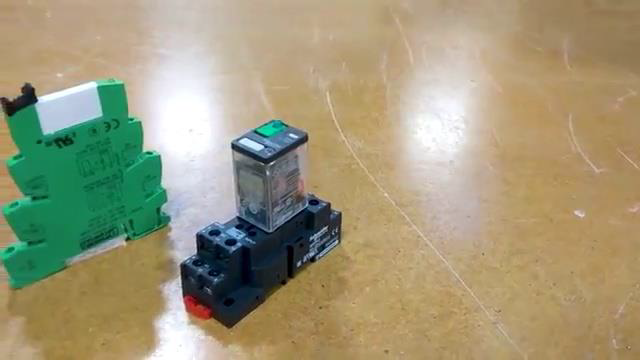
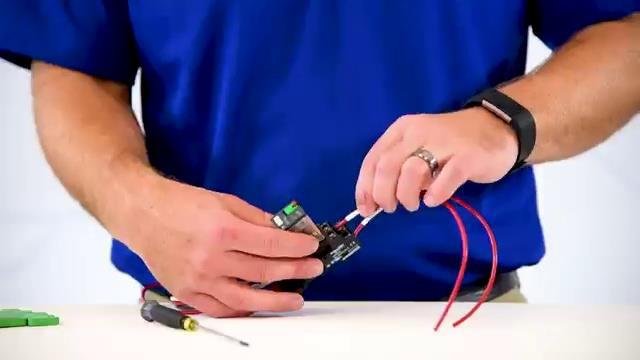
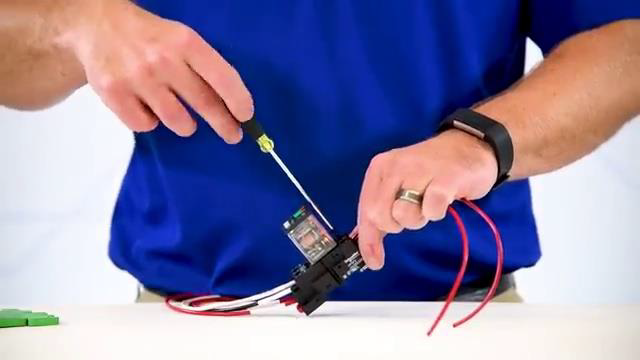
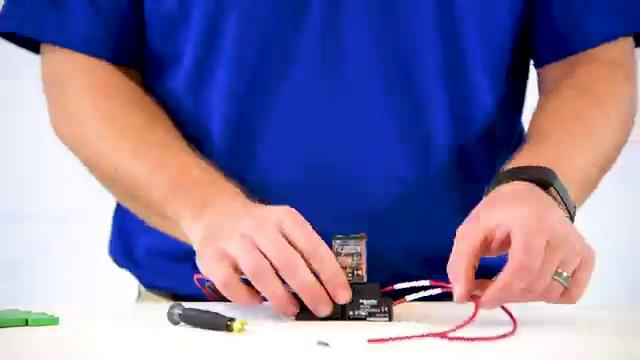
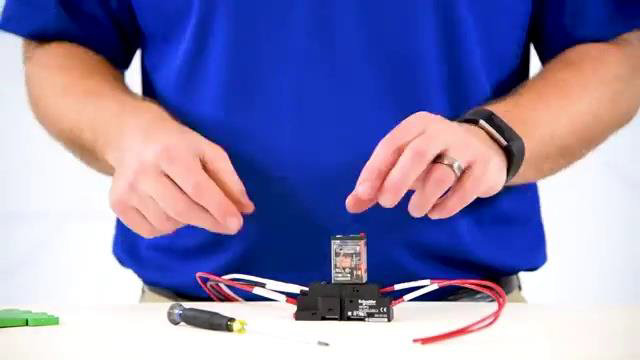
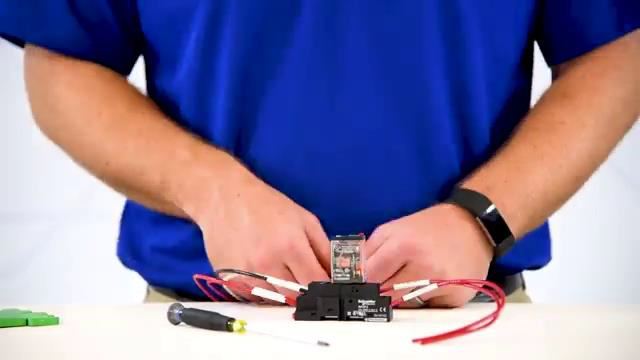
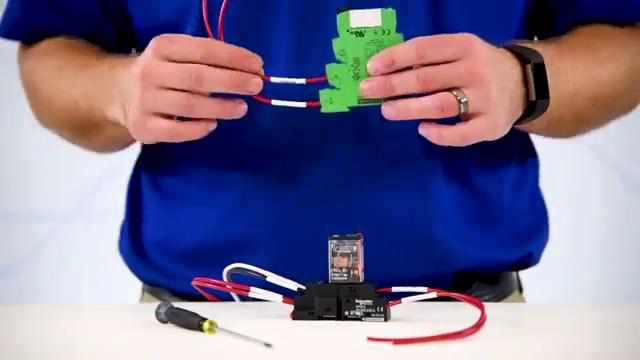
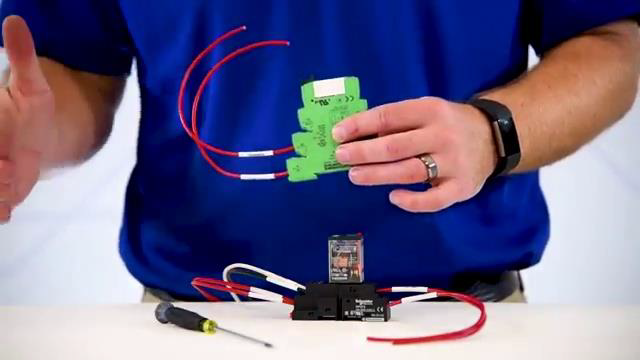
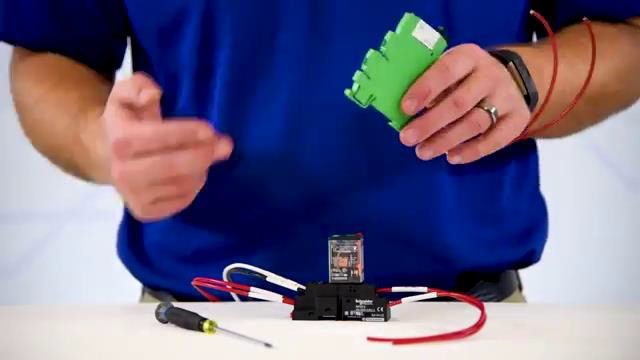
[1m:7s] So to illustrate this in a more basic form an interposing relay is simply an auxiliary relay that is used to isolate two different systems or devices from one another.
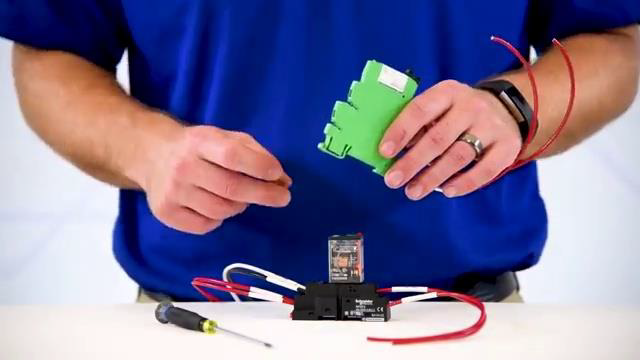

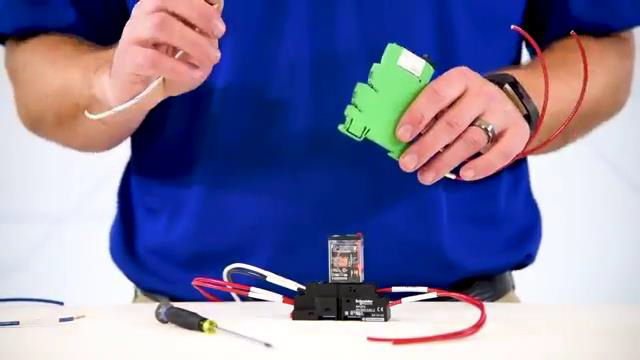
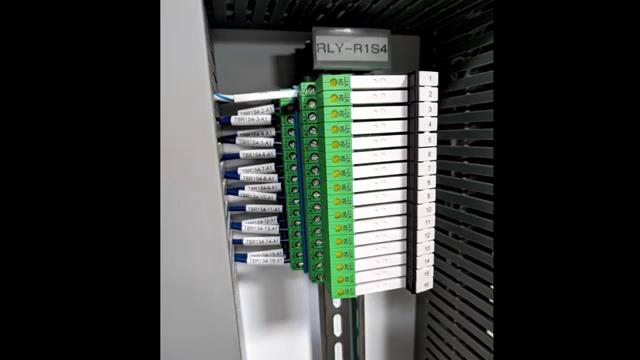
[1m:20s] Now that we have a basic explanation of what an interposing relay is, let's explain why this isolation might be necessary and in what scenarios we might see this method being used. So why do we need to isolate different devices in the first place? Let's consider a scenario where we have the need to operate a device that requires 120 volts AC, but the PLC in which we need to control this device can only output 24 volts DC. There is no way to accomplish this output control without the use of an interposing relay.
[1m:57s] The relay in this case would use a 24 Volt DC coil that would open or close a contact on that relay that is rated for the 120 volts AC needed for the device we want to operate.
[2m:12s] Simply put we use a small amount of voltage to control a high voltage device.
[2m:19s] Another benefit of using a relay in this manner is that if a spike in voltage or current occurs on the device that we are operating, the relay will act as a buffer between the PLC and higher voltage device.
[2m:34s] Because of this, the relay also provides some protection to the PLC.
[2m:39s] So the worst case scenario is that we might have to replace a relay that has become damaged, but the PLC will remain undamaged.
[2m:48s] This logic can also apply to inputs that need to be read by the PLC, but don't input at the proper voltage or current.
[2m:57s] So, what other scenarios do you see this type of isolation method being used?
[3m:2s] It is very common to see interposing relays being used in the automotive industry.
[3m:7s] One of the most common applications is the starter motor in our vehicles.
[3m:12s] In order to start our car, we need to initiate some kind of start command or control,
[3m:18s] which is why we turn the key. This is our start command.
[3m:22s] However, the starter motor in our cars draws an awful lot of current.
[3m:27s] It would be unsafe and very impractical to have a key switch that amount of current.
[3m:34s] Instead a solenoid relay, which acts like an interposing relay, is used to switch a relatively safe amount of current
[3m:44s] that in turn, switches a much higher amount of current in a safer location within the vehicle to provide the amperage that is needed to crank the starter motor.
[3m:55s] The examples that we have discussed in this video are just a few of the many different scenarios in which we see interposing relays being used.
[4m:5s] It is one of the easiest ways to isolate different devices while giving you the control and monitoring ability that is needed for many different industries. For a full line of industrial relays and thousands of other products, please go to our website. For more information or other educational videos, go to RSPSupply.com, the Internet's top source for industrial hardware. Also, don't forget: like and subscribe.




